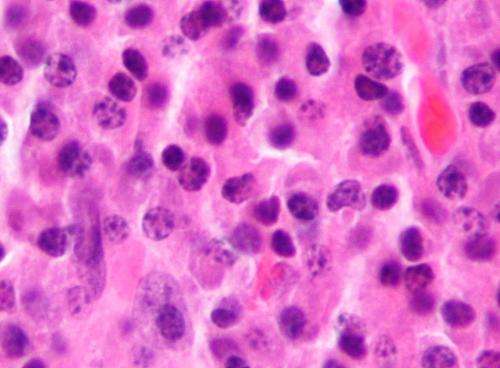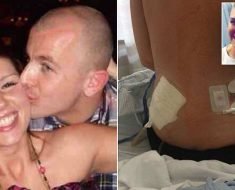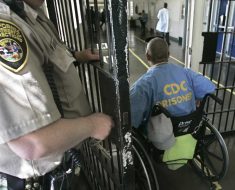
Multiple myeloma is still an incurable hematological malignancy. One of the reasons is that myeloma cells can be heterogenous and acquire resistance after anti-myeloma treatment. Immunotherapy is an attractive strategy to target myeloma cells with drug resistance. A next-generation modality that can safely and effectively strengthen immunotherapeutic effects while overcoming the characteristics of myeloma cells is needed in order to break through these obstacles.
In a new study published in the Blood Journal, researchers have developed a new modality, referred to as Bridging-Bispecific T-cell Engager (B-BiTE). B-BiTE was able to bind to both to the Fc region of human immunoglobulin G monoclonal antibody (mAb) and human CD3 molecule expressed by T cells.
When B-BiTE was applied to Daratumumab (Dar) specific for CD38 and Elotuzumab (Elo) reactive for SLAMF7, which are major clinical mAbs for the treatment of myeloma, human T cells as well as NK cells successfully and safely activated for a panel of different myeloma cells in the presence of Dar/B-BiTE or Elo/B-BiTE, resulting in dual-lymphoid activation.
In addition, anti-myeloma effects mediated by an mAb/B-BiTE complex were enhanced as compared to those in the presence of mAb alone. Importantly, using an in vivo myeloma model, researchers have shown that sequential immunotherapy using two different B-BiTE-based bispecifics, Dar/B-BiTE followed by Elo/B-BiTE, appeared to circumvent antigen escape by myeloma cells and sufficiently induced deep and durable anti-myeloma responses relative to those induced by mAb/B-BiTE monotherapy or sequential therapy with two mAbs without B-BiTE.
Based on these findings, clinically available antibodies armed with B-BiTE have the potential to augment anti-myeloma effects. This approach would facilitate the easy and rapid preparation of B-BiTE-based bispecifics using a variety of clinical mAbs for the treatment of not only myeloma but also other refractory malignancies.
More information:
Tatsuya Konishi et al, Reinforced anti-myeloma therapy via dual-lymphoid activation mediated by a panel of antibodies armed with Bridging-BiTE, Blood Journal (2023). DOI: 10.1182/blood.2022019082
Journal information:
Blood
Source: Read Full Article





